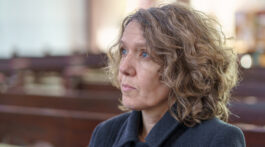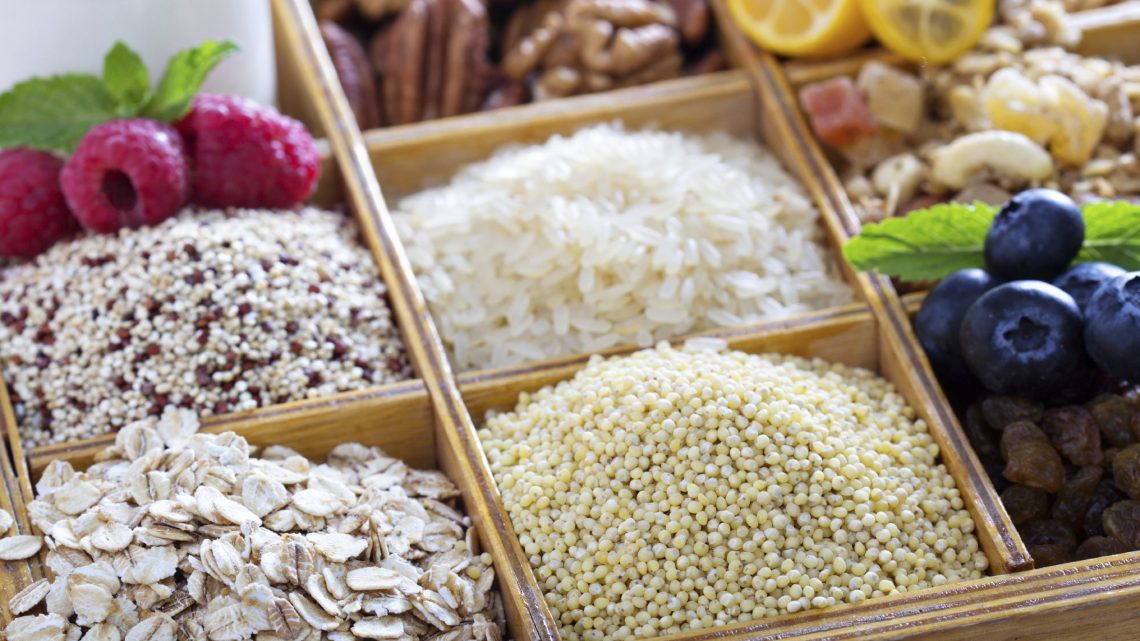Current research shows that if your grandma told you to eat more fiber she knew what she was talking about. Due to our general lack of it, constipation and its attendant conditions are all too common in the Western world today.
Adding fiber to one’s diet is actually easy—just take the foods you’re already eating and add a sprinkle of chia or flax seeds or berries of any kind. For cooked foods, focus on using cruciferous veggies, legumes and whole grains.
My favorite “cookbook” is The Full Plate Diet.
I love this book for multiple reasons. First, the pictures of fresh fruits and vegetables are so beautiful that it makes me want to eat them for every meal! Second, the eating plans are flexible. And third there’s a lot of useful information presented in a clean and appealing way that I can remember.
For example, they have a section featuring the All Stars of Fiber in each food type. Did you know that avocados contain 14 grams of fiber (per medium sized avocado)? Way higher than most other foods! But because they are also really high in fat it’s probably not wise to rely on them as a main fiber source.
A fiber intake of 35-45 grams per day has been linked in several studies to reduced risk of colon cancer, likely because adequate fiber significantly reduces the transit time from when food enters the body to when it exits.
This week we also watched a video by a dietician and chef named Jeff Novick.
His eating plans are easy, quick, inexpensive and healthy—what more could one ask for?
What I Learned from Session 6
During the demonstration on baking whole grain breads I learned that fresh bread dough can be stored in the fridge for up to one week.
What I Choose Today
I choose to eat more berries because of their high fiber and nutritional value.
CHIP TIP: Eating more fiber means you need more water to process it. Drink water liberally throughout the day (urine should be clear) but plan to stop two hours before bedtime.










